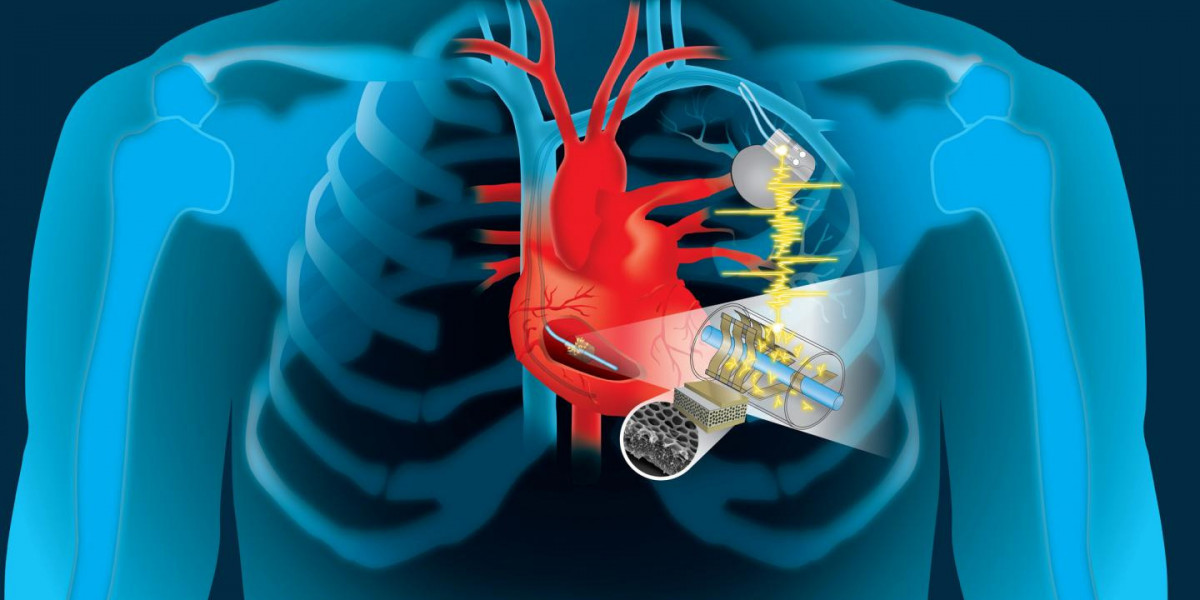Web design is an essential part of creating a successful website. Effective web design can help attract and retain visitors, convey the desired message, and convert visitors into customers. In this blog, we will explore some key principles of effective web design.
Simplicity: The simpler the design, the better. A cluttered website can be overwhelming and confusing for visitors, making it difficult for them to find what they're looking for. A simple design can help guide visitors to the desired information and make it easier for them to take action.
Clear Navigation: Navigation is the backbone of a website. It helps visitors find the information they need and navigate through the site. A well-designed navigation system should be intuitive and easy to use.
Responsive Design: With the increasing use of mobile devices, it's important to ensure that your website is accessible on all devices. A responsive design adjusts to the screen size of the device, making it easy to read and navigate on all devices.
Visual Hierarchy: Visual hierarchy refers to the arrangement of elements on a web page in order of importance. This helps guide visitors to the most important information first, making it easier for them to find what they're looking for.
Consistency: Consistency is key to a successful website. It creates a sense of familiarity and helps visitors feel comfortable navigating the site. Consistency in design, navigation, and messaging helps visitors easily identify and understand the purpose of the site.
Use of Color: Color can be a powerful tool in web design. It can evoke emotions and create a mood. Use color wisely to draw attention to important information, create contrast, and set the tone for the site.
Use of Images: Images can help bring a website to life and make it more engaging. Use high-quality, relevant images to support the messaging of the site.
White Space: White space, also known as negative space, is the space between elements on a web page. It can be used to create a sense of balance, draw attention to important information, and make the site more visually appealing.
Call-to-Action: A call-to-action is a button or link that encourages visitors to take a specific action, such as "Buy Now" or "Sign Up." Calls-to-action should be prominent, easy to find, and clearly communicate the desired action.
User-Friendly: User-friendliness is essential to a successful website. The site should be easy to use, easy to navigate, and easy to understand. Visitors should be able to find what they're looking for quickly and easily.
In conclusion, effective web design is essential to creating a successful website. By keeping design simple, creating clear navigation, using responsive design, establishing visual hierarchy, maintaining consistency, using color and images wisely, incorporating white space, including calls-to-action, and making the site user-friendly, you can create a website that engages visitors, conveys the desired message, and drives conversions.








